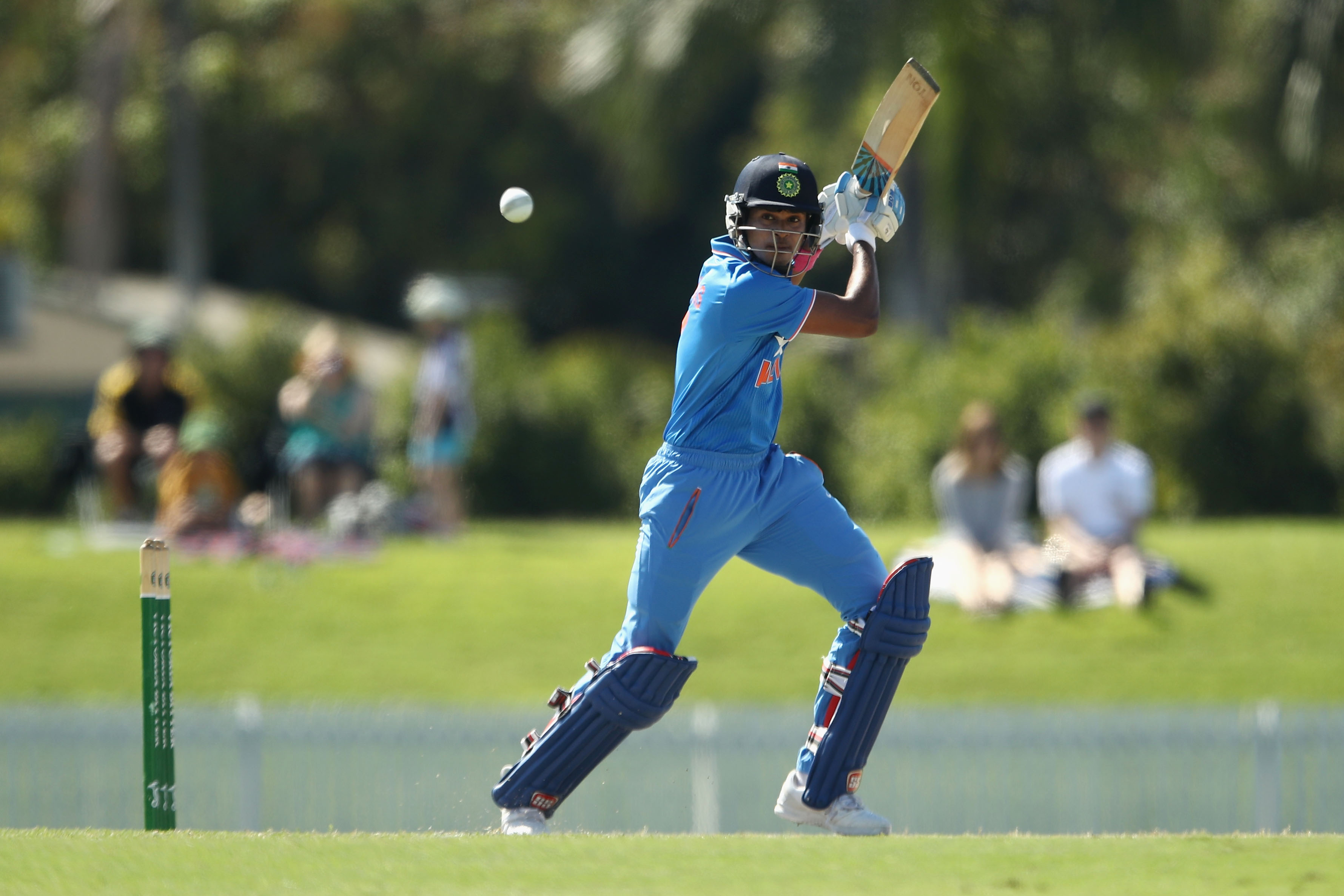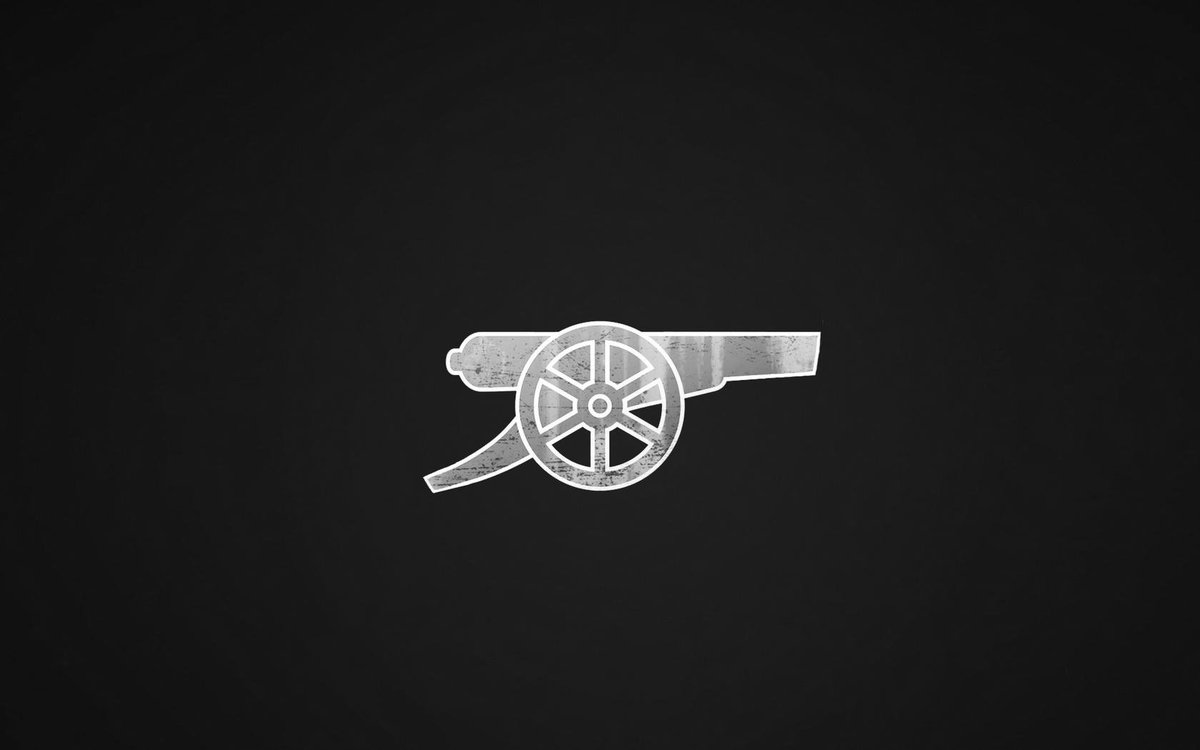From Jadhav-sized dilemma to Iyer-Pandey recall - Indian selectors leave more questions than answers
All eyes were on the Indian selectors ahead of the series against the Windies, with the future of MS Dhoni being the main area of discussion. As expected, the selectors did not press the panic button, but there are still plenty of talking points regarding the future and role of selected individuals.

Recall of Manish Pandey and Shreyas Iyer - a lesson learnt, or just false promises?
On 23rd Jan 2016, a then 26-year-old Manish Pandey had struck a match-winning 104* off just 81 balls against Australia, and it seemed like he finally had his “breakthrough” moment in International Cricket, that too batting at the cursed No. 4 position. Pandey was a regular in the Indian squad for the following 18 months, and was all set to be “groomed” for the same spot for the 2019 World Cup - at least that’s what everyone thought.
Bizarrely enough, he was just given six more shots at the No.4 position. Batting at three different positions, Pandey just scored one fifty in the 15 innings post his century against Australia and was phased out of the team post-December 2017.
On one hand, the door shut for Pandey, but parallelly, on the other, it opened for a 22-year-old Shreyas Iyer, who blasted two fifties in his first three ODI innings. However, after posting scores of 30 & 18 in the two innings that succeeded it, Iyer’s door was shut too. Despite averaging 42 after five innings - most of them in tough conditions, Iyer was deemed not good enough and was never picked again, despite the holes in the middle order clear for everyone to see.
Fast forward a couple of years, and now both Iyer and Pandey are back in the squad and are being touted to be the “next No.4” of the Indian team. But will it be the case? Past evidence suggests that there is no assurance that either of these players will be given a long rope at a fixed position, and it won’t be surprising if the duo lose their place to Hardik Pandya and Vijay Shankar once they return from injury. One can only hope for the selectors to not repeat the same mistake they made with Iyer and Pandey two years ago, but all things said, it will be safe to take this selection with a pinch of salt, rather than looking too far ahead into the future.
Kedar Jadhav - a short-sighted stop-gap selection
Kedar Jadhav, primarily known for his ability to counterpunch down the order with his slingy off-spin coming in handy at times too, was a key component of India’s lower middle-order along with MS Dhoni and Pandya, heading into the World Cup. But after two sub-par batting performances against West Indies and England respectively, Jadhav was shown the door.
From a logical perspective, one would expect Jadhav, who would be 38 in 2023, to be not in the selectors’ plans for the World Cup. With the WT20 around the corner, one can expect the selectors to focus more on that event. However, with Jadhav not in their plans for the WT20 too, his selection in the ODIs to face the Windies makes little sense, even if it’s a stop-gap one.
So the question arises - why persist with a player who will be in the plans for neither the 2023 World Cup nor the 2020 WT20, and is in the twilight of his career? Perhaps, a more logical option would have been to try one of Hanuma Vihari or Krunal Pandya or Washington Sundar - with the latter two in the T20 squad already, and the former providing a similar skillset to that of Jadhav.
Maybe an argument could be made that Jadhav is being slowly phased out of the team, but with Ravindra Jadeja already in the squad - a player who might help fit both Pandey and Iyer in the XI, perhaps the selectors could have been more ruthless in handling Jadhav, and sacrificed their urge to do stop-gap selections in favour of investing in long-term projects.
What next for KL Rahul?
Three months prior to the start of the World Cup, KL Rahul was in the middle of a suspension, had played just 13 ODIs in his career and was not in the selectors’ plans for the World Cup. After failing to impress against Australia in Mohali, it felt like it was curtains for Rahul’s World Cup chances. However, a productive IPL helped him, and to his own surprise, he somehow made the squad as a back-up opener.
Funny enough, a century in the warm-up match against Bangladesh and India’s indecisiveness in their No.4 meant that Rahul sealed a place in the starting XI - as a number four. But Shikhar Dhawan’s injury meant that he moved back to his favored opening spot, and to his credit, served as the perfect foil for Rohit Sharma, scoring a fifty and a century. He found a way to score runs, despite his batting not seeming pretty to the naked eye.
However, with Dhawan back fully fit, does this mean that Rahul will move back to the middle-order position? If yes, then where will it leave Iyer and Pandey, who have been specifically drafted into the team to solve the conundrum? Or, do the selectors expect Dhawan, who would be 37 by 2023, to hang up his boots before the next World Cup? It remains a mystery as to what the selectors consider Rahul to be - a mere backup opener, the successor to Dhawan, or a makeshift No.4.
By constantly opting for temporary fixes, the selectors are stabbing a permanent hole in the future of Indian Cricket. Indecisiveness in the selection and lack of communication has led to players being unclear about their own roles, which in turn has often led to implosion under pressure. While there is every chance of India coming out of the series unscathed and maybe even these selections turning out to be a masterstroke, there are glaring flaws in the thought process of the selectors, and if not fixed soon enough, might spell trouble for the Men in Blue - yet again.

Comments
Sign up or log in to your account to leave comments and reactions
0 Comments